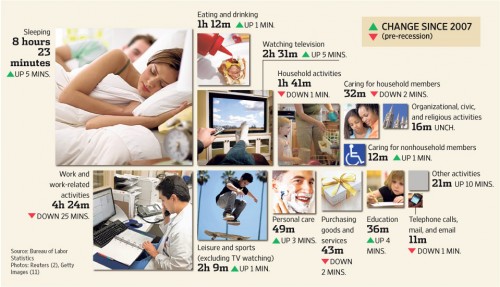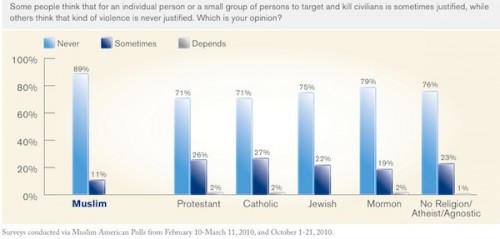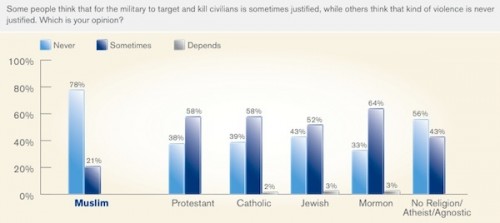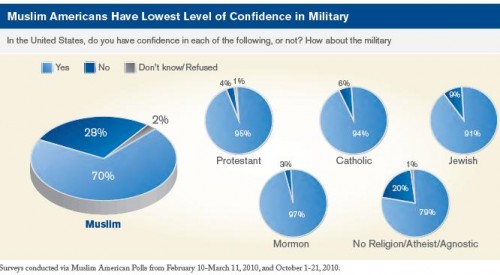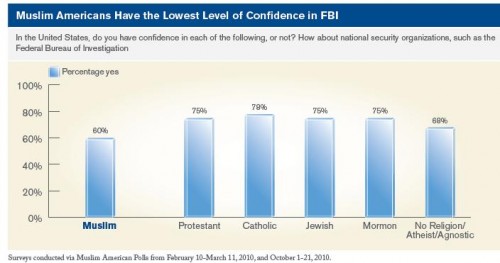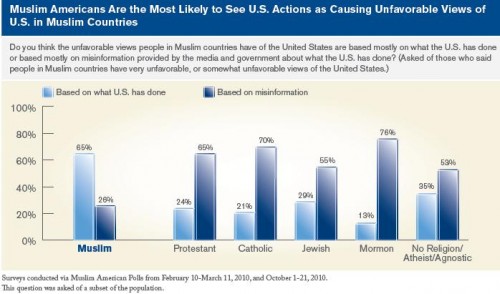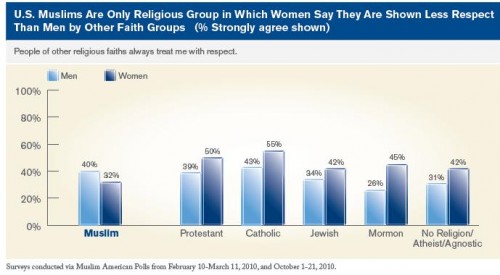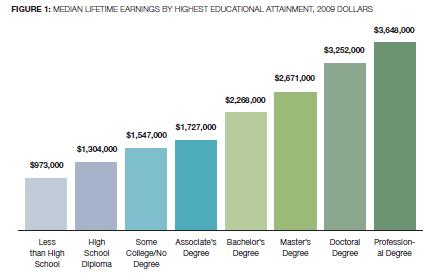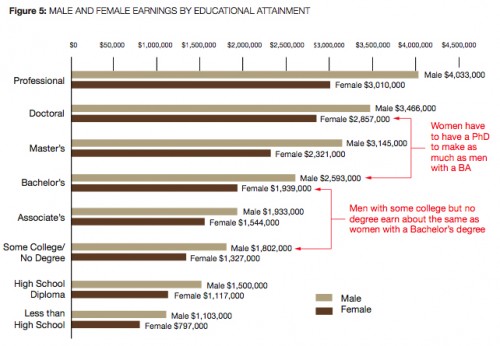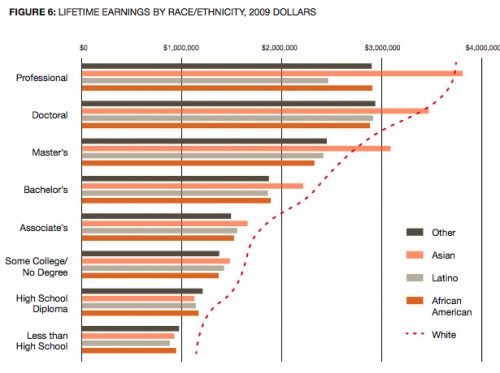Erg. Ugh. Just…[cringe]. That is my reaction upon seeing a clip (first posted at Jezebel), sent in by Dmitriy T.M., of a segment from a recent episode of the reality show Bachelor Pad. The show is a spinoff of the popular shows The Bachelor and The Bachelorette, consisting initially of 20 former contestants from those two shows, one of whom is voted off by the rest of the cast each week. This week, the contestants indicated their votes for who should leave by getting to anonymously throw paint-filled “eggs” at others’ backs. But in case that wasn’t sufficiently humiliating, the host also had contestants throw eggs in response to the question “Who are you least attracted to?” Here’s the segment with the women:
It’s a depressing illustration of the current TV obsession with public humiliation and bullying as entertainment. It’s hard not to feel for Erica as she stands there feeling each successive hit, being publicly held up as the least desirable woman there. But her response is also revealing; it exemplifies the way women are encouraged to think of themselves as being in competition. At 2:54 Erica talks about the experience and the difficulty of having a body that, while appearing incredibly thin to me, in that environment qualifies as notably curvaceous.
But in her ability to defend herself and push back against the judgments of others, she falls back on a common strategy: not questioning the standards of beauty themselves, but simply trying to refocus them, in this case (at about 3:05) pointing to another woman who is “way bigger” and not “that pretty.” The result is to reaffirm both the idea that body size is an objective and essential measure of attractiveness (so being bigger automatically should make you less attractive than a smaller woman) and that women’s self-esteem and resistance to negative judgments of their own attractiveness must come at the expense of other women, with whom them are always, and inevitably, in competition.



